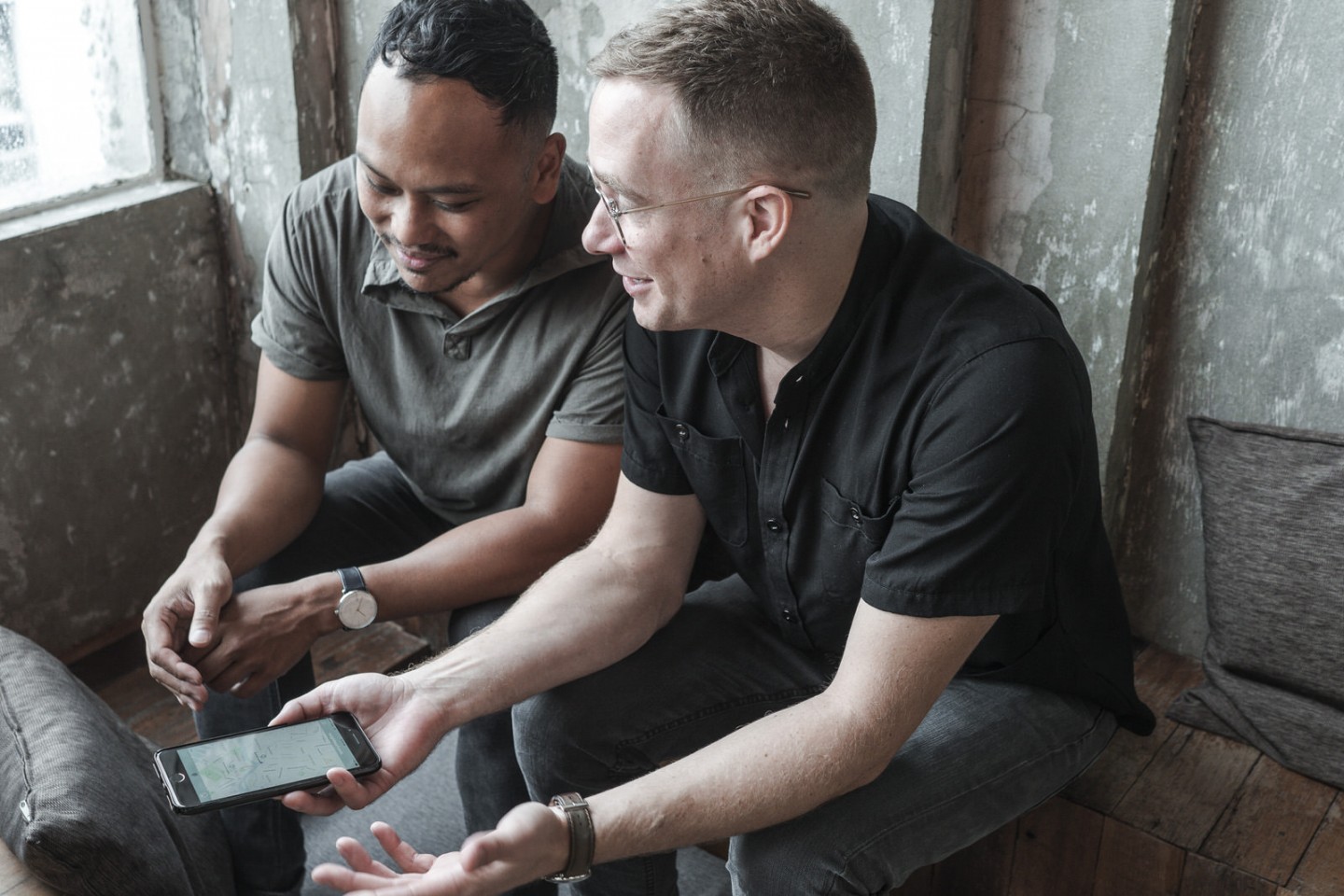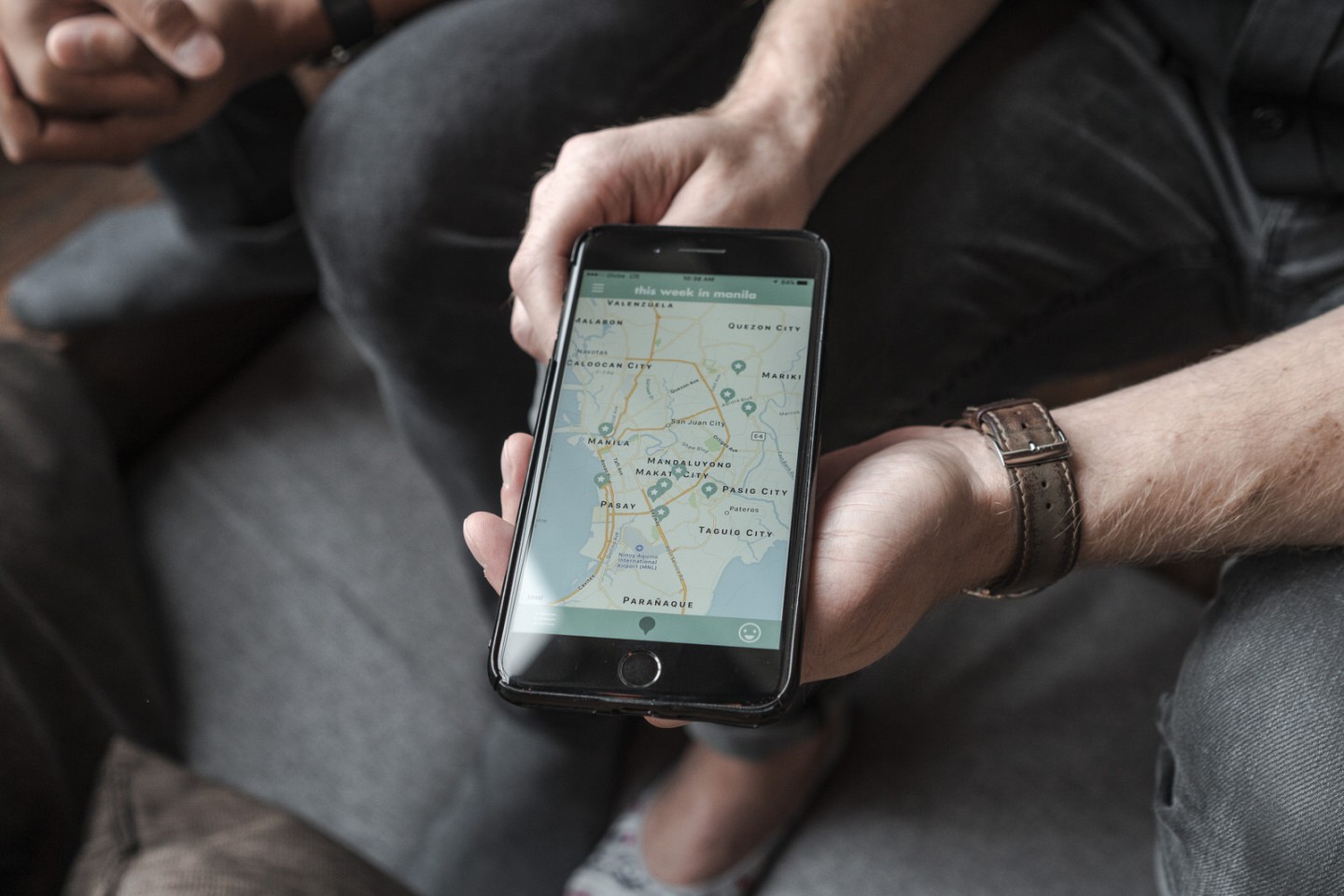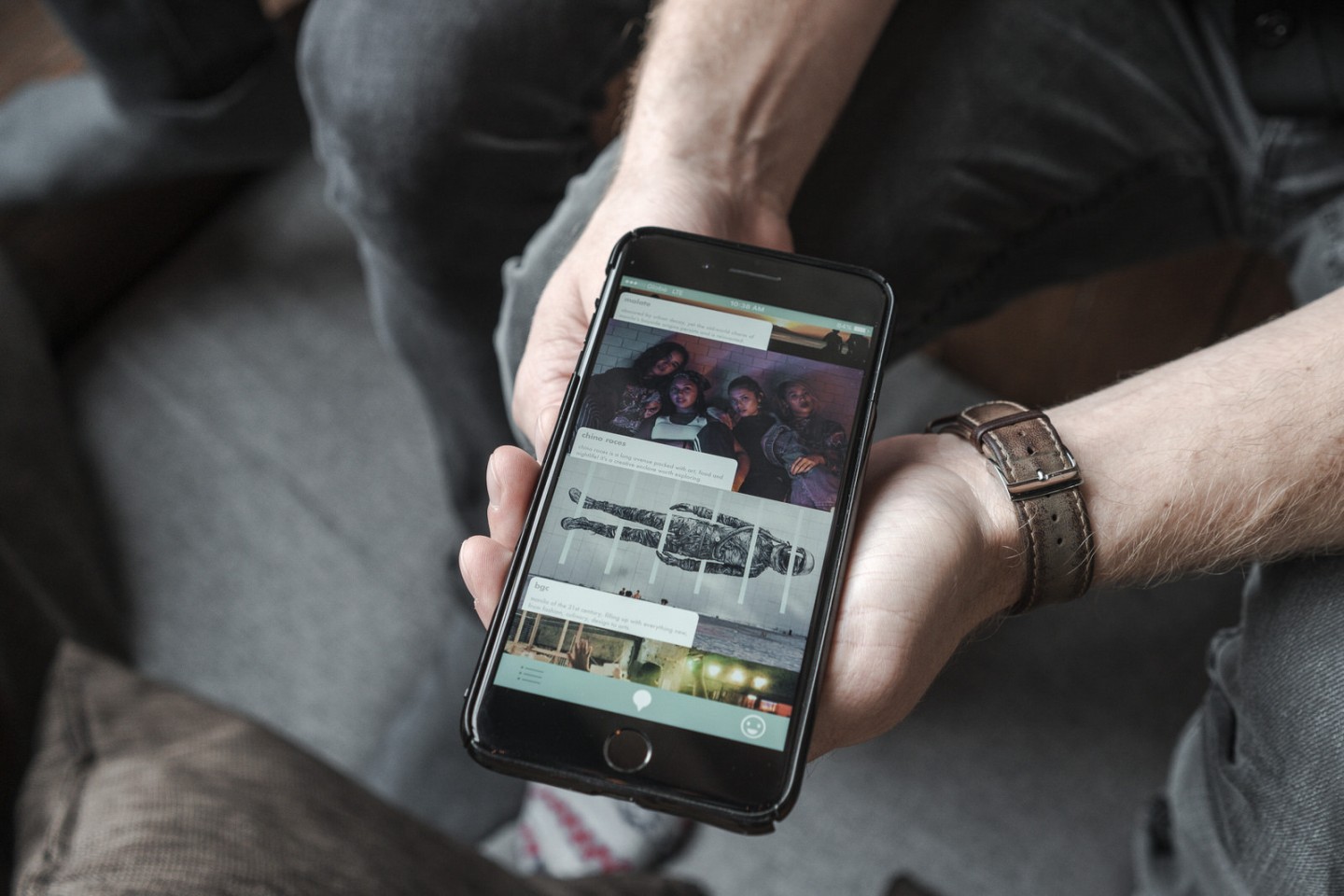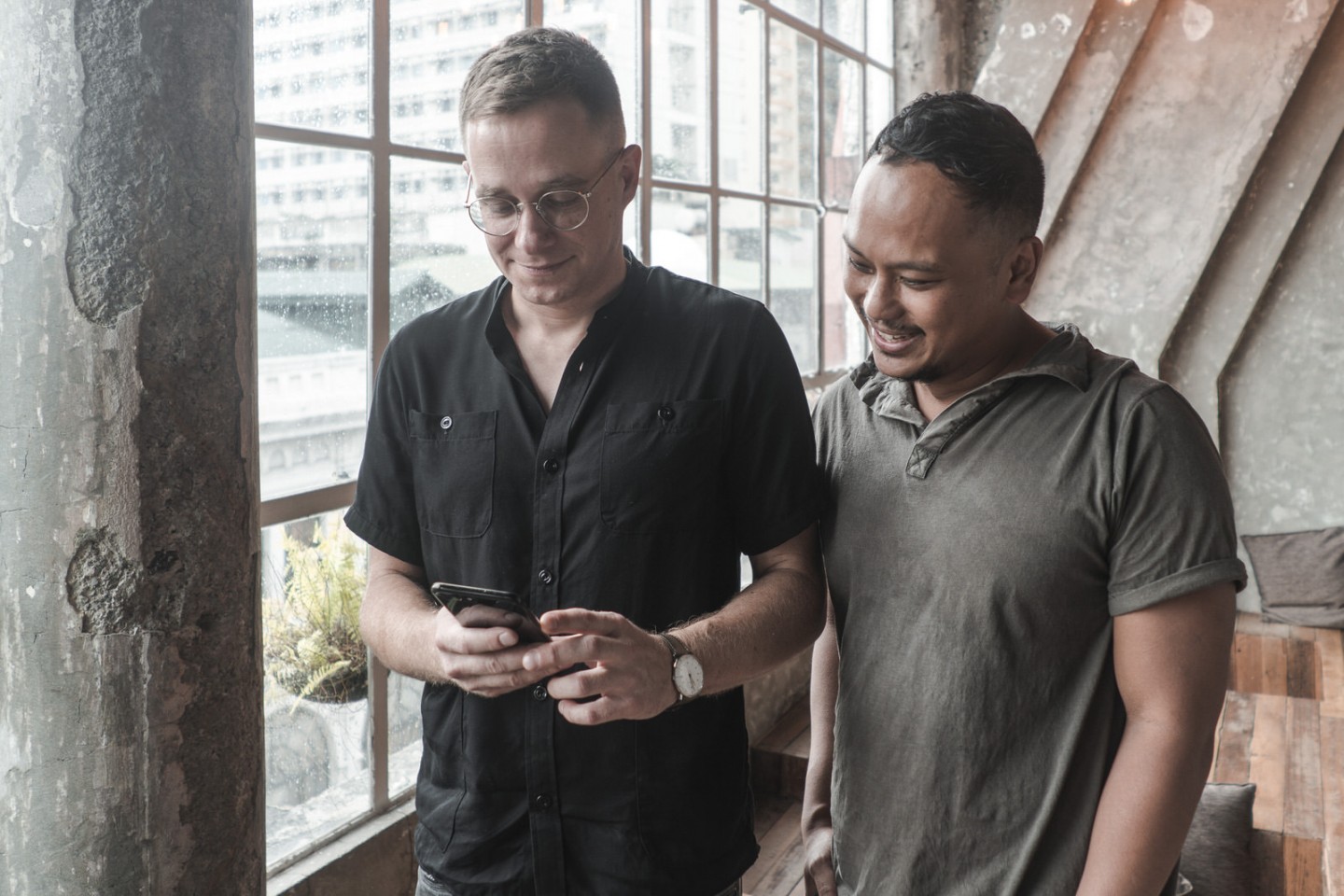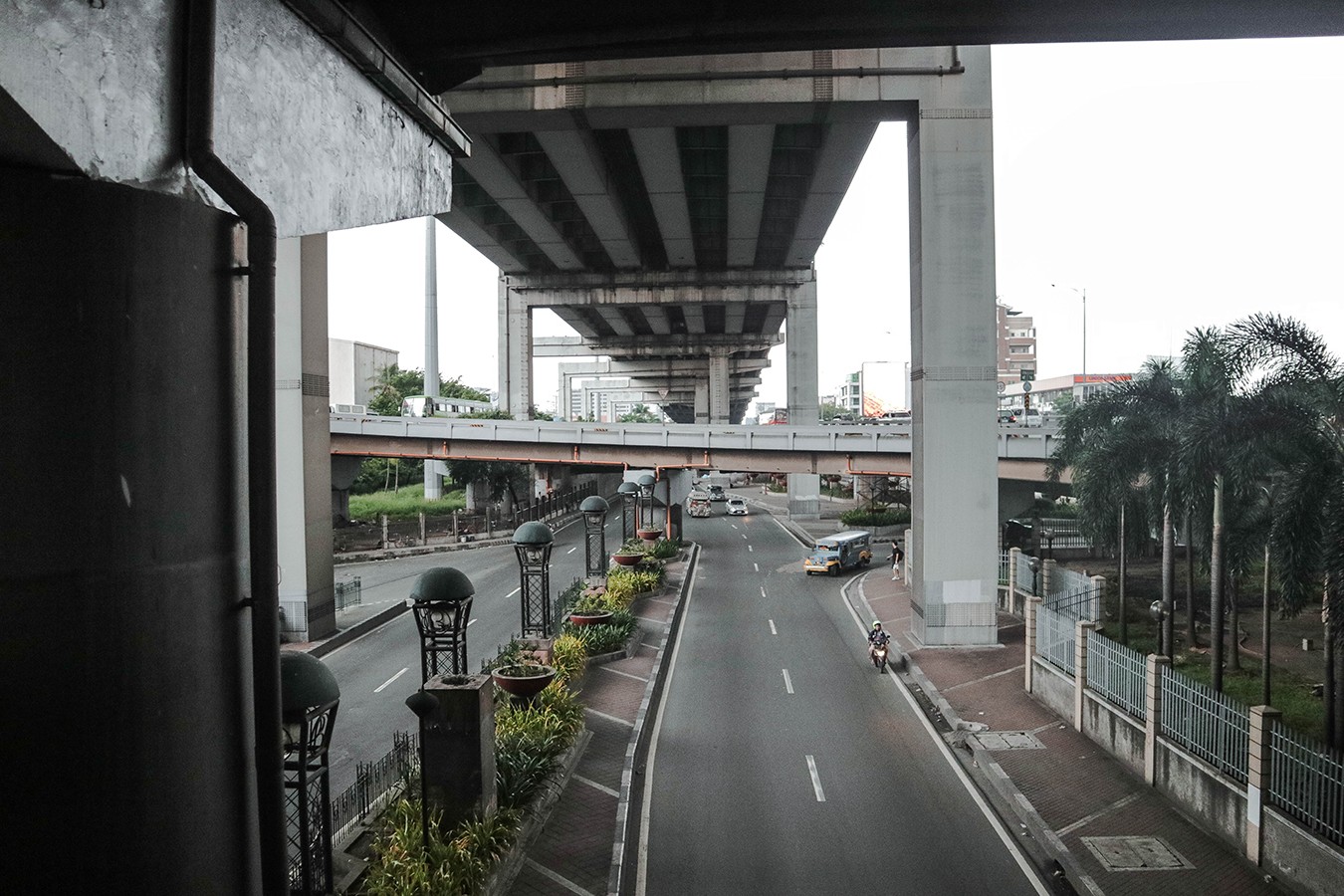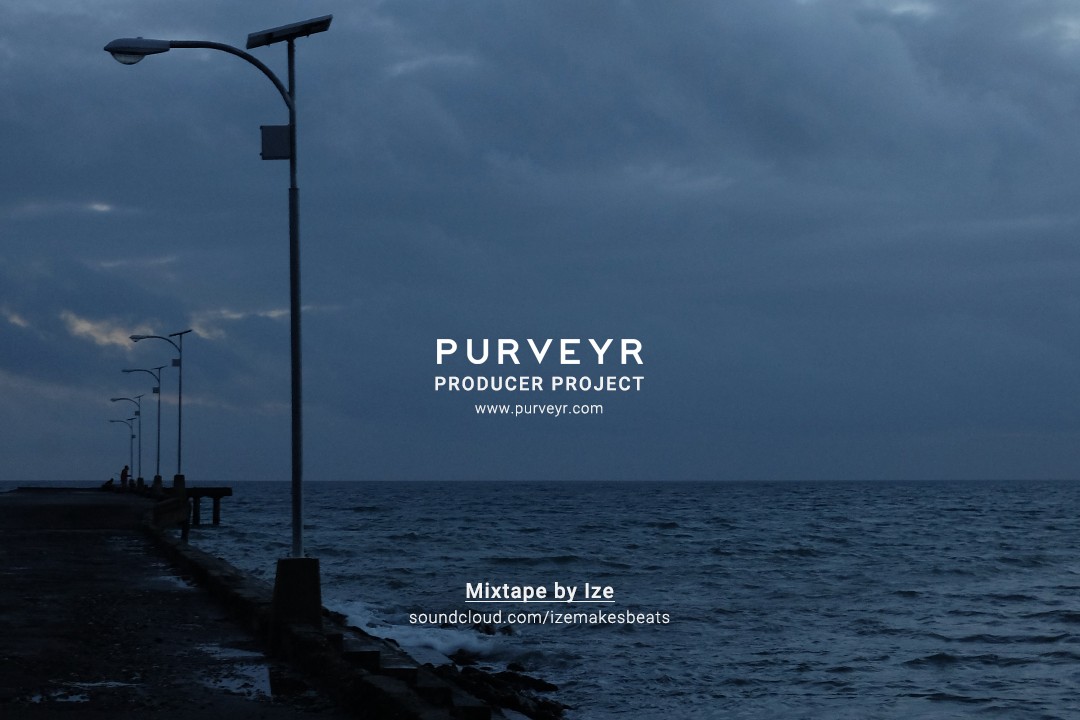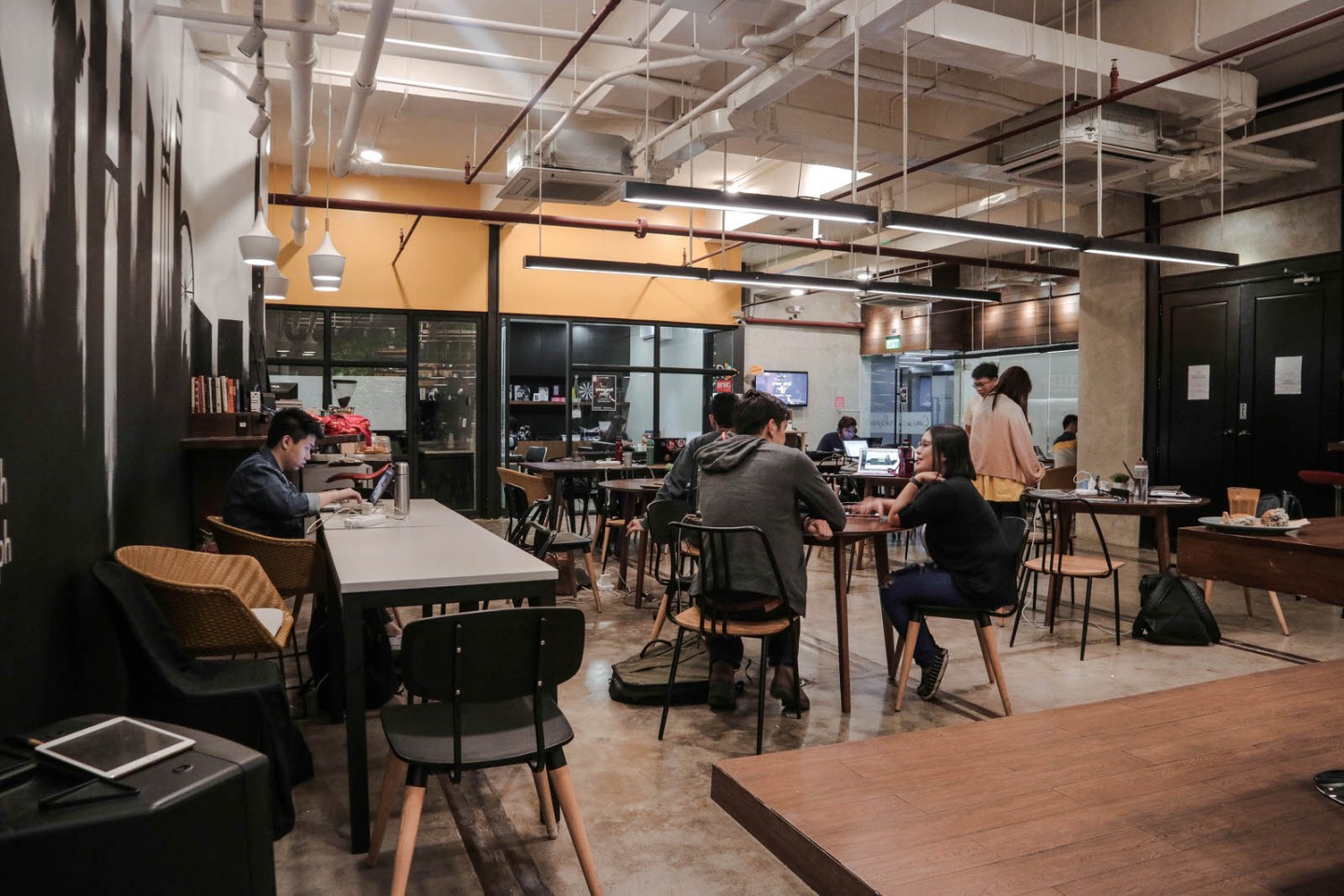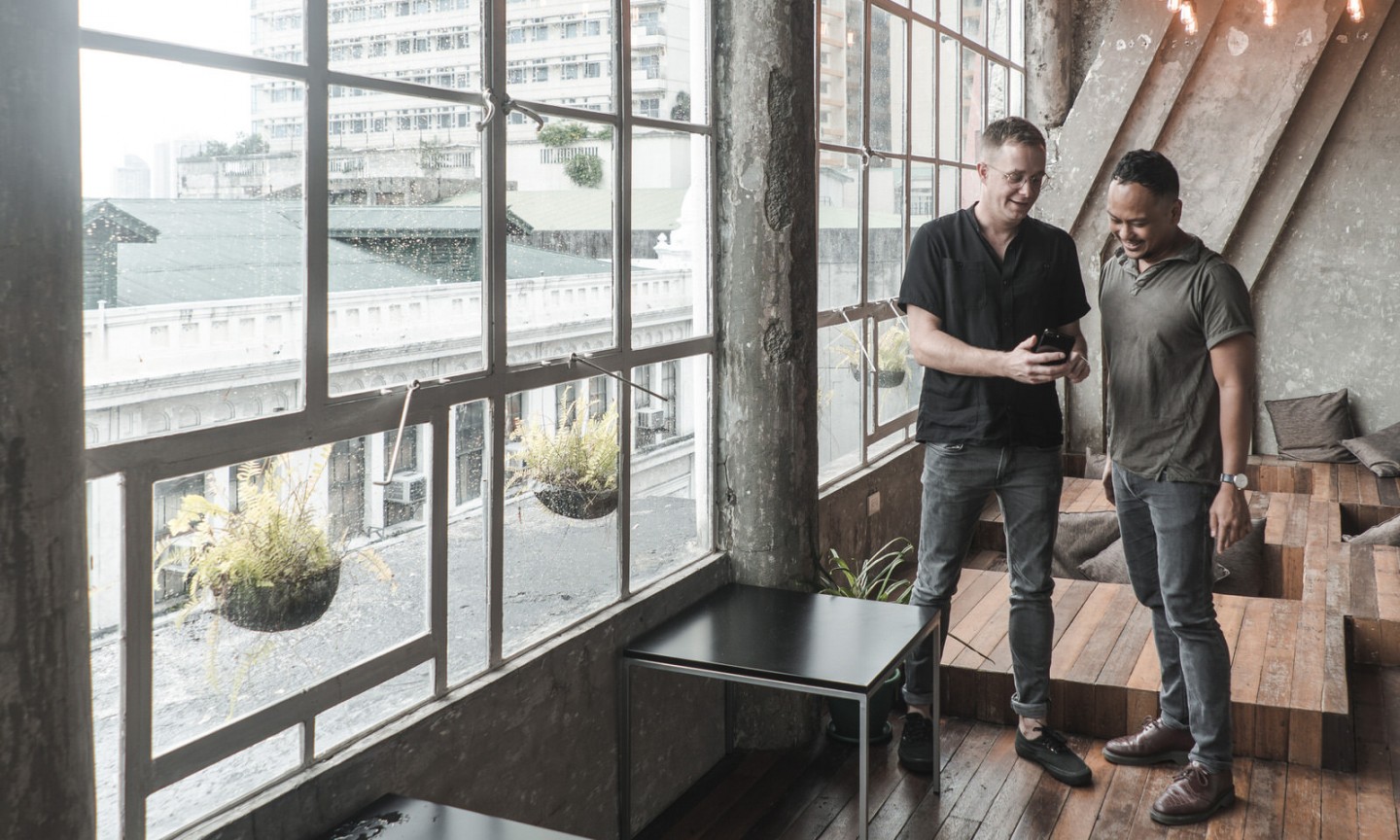
Wanderlust is a romantic concept. Often, we find ourselves greatly consumed by the idea of leaving our worries behind and getting lost in cities unbeknownst to us. What we’re not aware of, however, is the reality that comes with it—what happens when we finally land in our destination of choice? We end up scratching our heads, having no idea of where to start our journey. Often, we make the mistake of falling back on the touristy route. Then, when the trip is over, when our days and hours finally transpire in dreamland, when it’s time to go back to our routines and responsibilities, we end up feeling half-hearted about the whole experience—like we haven’t gotten a thorough look at the entire world the city has to offer.
Truth be told, there is an art to “getting lost”. Being frequent travelers themselves, Filipino-German couple Ryan Stutzke and Gerrit Harjung know this by heart. And so, recognizing a need for a platform to fully get a hold of each locale’s unique quirks, the duo introduced The Be App. In this discussion, we get to know more about the app that seeks to redefine wanderlust and a behind the scenes look on its conception, its present, and its dreams for the future of travel.
Photos by Zaldine Alvaro
What is it that made you want to create an app like this?
RYAN: We came down here in Manila personally to change our lives. We’re both from London for a couple of years. We just wanted change in our lives that’s why we came here. We have roots here. It was just a natural call basically.
GERRIT: We have this running scenario where you arrive in a certain city and you want a coffee that’s not the usual chain. We thought, it’s often hard to navigate and you don’t know where to go. It’s where The Be App steps in. We’d like people to feel at home in a community. We have this term called “destination neighborhoods” because we aim to really support the communities of the neighborhoods and the people that are in there.
RYAN: A coffee place is just a coffee place at the end of the day but we want to know the stories behind it—like who opened the coffee place or what was the reason. Like, there are some neighborhoods that aren’t exactly pleasing aesthetically but what they lack for visuals, they more than give with their offerings, only if you know where to look. That’s what we try to showcase with “Neighborhoods”.
What was the conceptualization process like for your team?
RYAN: The technical side is difficult. We don’t have a technical background so we don’t know anything about IT—nothing!
GERRIT: But it’s really fruitful because we get to work with a lot of people from here—graphic designers, developers, and marketing. Also, we get in touch with people from the venues where the events are held and try to collaborate with them. It’s really nice to make these connections with the app.
RYAN: And that’s what we’re trying to convey with this app—a “friendly” take. It’s not okay if we recommend this club or beer place or whatever without any basis. We actually get to try to know them personally. We didn’t know anyone here in Manila when we arrived. We were really fortunate and lucky to be able to get to know so many talented people here with visual tastes. For example, the app was designed by Jose Tong, he’s an architect and also one of the owners of GEN. MDSE. And from there, it was just rolling already. For us, it was such an organic development. We have a vision and we just try not to be perfect, right? Through the insights and ideas of others, it became what it is right now.
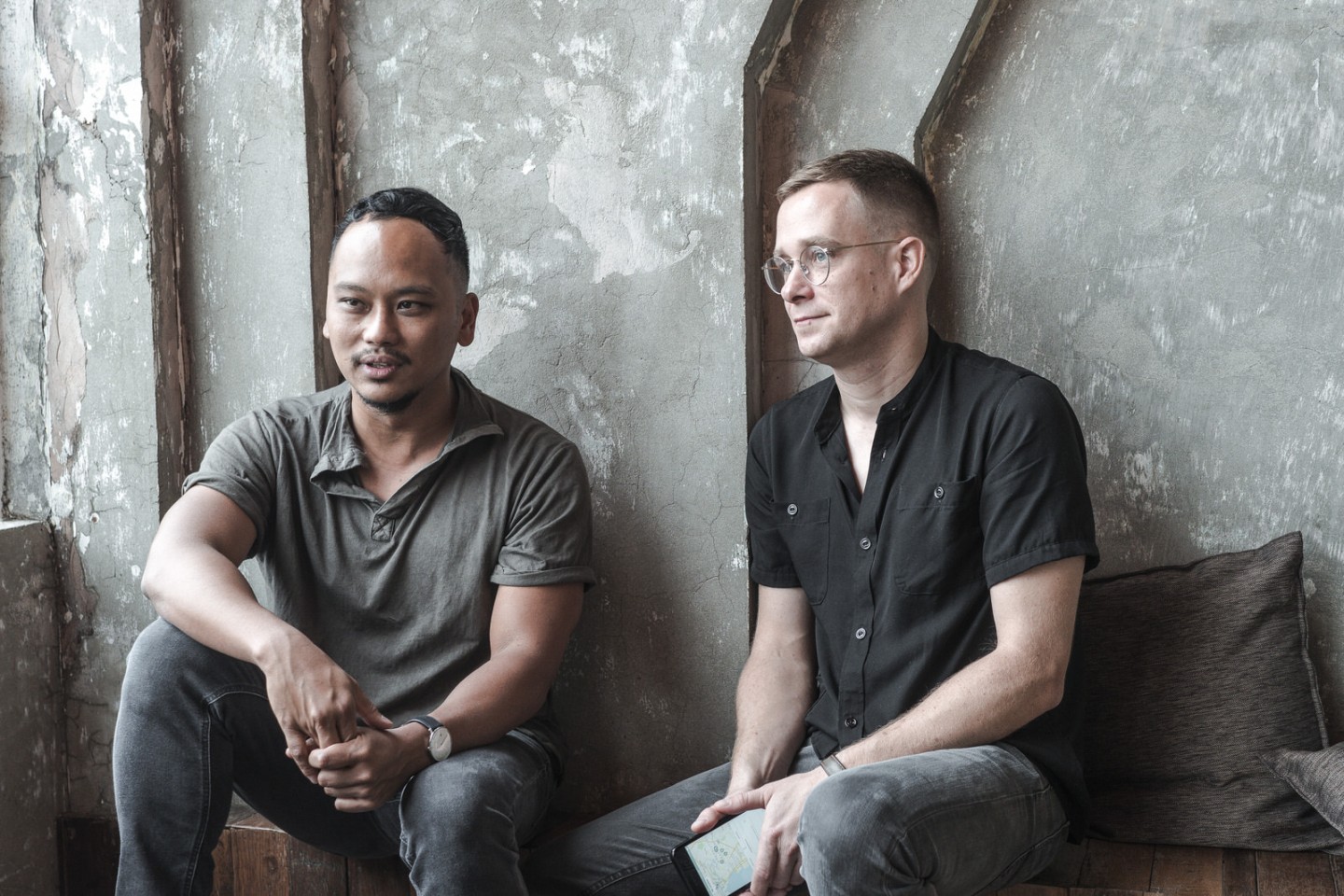
What inspiration did you take after for this app?
GERRIT: It’s more of an observation. We saw a problem that there’s so many travel guides in print and they don’t get updated regularly. So we thought it would be good to have an app where you could really see what’s around you. We felt like there’s nothing like that (service) around yet.
RYAN: We’ve been quite fortunate that we’ve been able to live and work and travel in many different countries in the world. Actually, you know what, there aren’t that many guides there—especially in digital form. You’ve got Lonely Planet which doesn’t get updated every so often. Same with the printed material, when you buy it, it’s always out of date. It’s the benefit of having this app because we actually update all the info there. We update it on the go—especially the events section—concerts, pop up shops, gallery openings. We constantly keep it up to date. It’s not only for travelers but also for the locals.
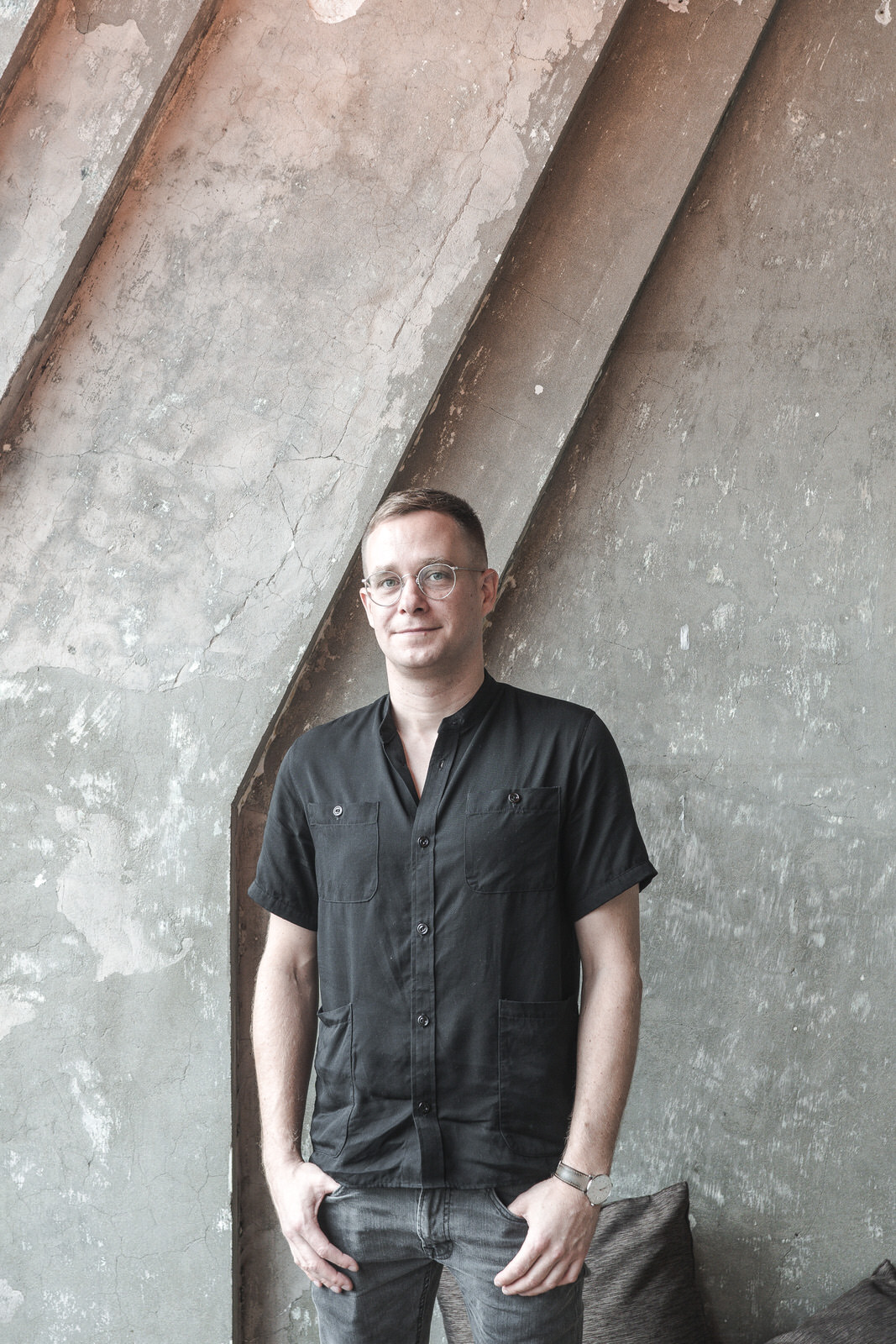
What is it about Manila that made you want to put the city first in the The Be App map?
GERRIT: We came here on holidays before a few times and the app is our love letter to Manila. We really fell in love with Manila. There’s just so much to discover, so many hidden places. If you know where to go, it’s really beautiful. Also, I live here now. I moved here in the Philippines just for this app. We really wanted to show how many great things there are to do.
What is it about Philippine tourism scene that makes it a go-to destination for travelers?
GERRIT: We think it’s a shame that so many people only go to the islands. They just stop in Manila for one night before they go off. We’d really like to make Manila as more of a destination because there’s so much happening here. Honestly, I think it’s one of the most exciting places in the world. According to Wikipedia, it’s also the third largest metropolitan in the world so obviously, there’s so much things going on.
How do you select each place, does it have to fall under any criteria for the destination to deem fit for The Be App?
GERRIT: No, not really. We just try to get a nice mix of neighborhoods because we think Manila is made up by the contrasting identities of its neighborhoods. We work with neighborhoods that fulfill different interests. For instance, the heritage architecture of Binondo or Escolta, the galleries along Chino Roces, and the speakeasies in Legaspi to the trendy nightlife in Poblacion to all the street food in Maginhawa. We try, from the beginning, to get these different neighborhoods with distinct personalities.
RYAN: You can’t really draw a general rule like what gets into the app to be honest because each neighborhood has different personalities.
GERRIT: We’re trying to highlight this and show the people what makes up these neighborhoods. We will expand in the future, we want to be able to get more neighborhoods. But we’re trying to avoid chains and malls because we want to be able to showcase young entrepreneurs and artists and chefs that reinvent the city and make it great.
RYAN: Even in Singapore, just to give you an example. Right in the shopping malls of Orchid Street, you can just go there and they don’t really look beyond. That’s where the Be App comes in. Like, actually there’s a (hole-in-the-wall) coffee store that nobody knows about. We’re trying to look for what’s beyond and focusing on the people behind the business, basically.

What distinct features does the app have that would make it an essential app to have?
RYAN: The app is very interactive actually. It’s got maps, you can add favorites, it has filtering tools. I think it’s very powerful if you’re just gonna go and discover with The Be App as the tool. Also, there are stories behind every place and I think they just need to be told. Our main advocacy really is to bring the locals and travelers together because we believe that there’s more to travel than just the main sites. Because it’s the people who really make up the city, right? It’s for the locals of the city as well. We want people to discover their neighborhoods and see it from another point of view. Especially if you’re feeling frustrated, with traffic woes, you could see that there’s actually a place where you can go. It’s super exciting times in Manila actually and we’re trying to convince people that you know, spend a day or two and it will grow on you and you will love it. We’re trying really to make people be more curious, to not be afraid to just venture around. And it’s not just the places we recommend there, we also have people tell us what they have discovered while walking around.
What is The Be App’s philosophy regarding the service it wants to put out?
RYAN: For me, I want the app to be inclusive. How I want to see the app moving forward is collaborative, organic, and authentic as much as possible.
GERRIT: I think inclusive is a very good word. It’s not just about hipster or trendy places. It’s the wrong message. It’s a good mix of what has been considered institutions in the neighborhood and the hidden ones.

